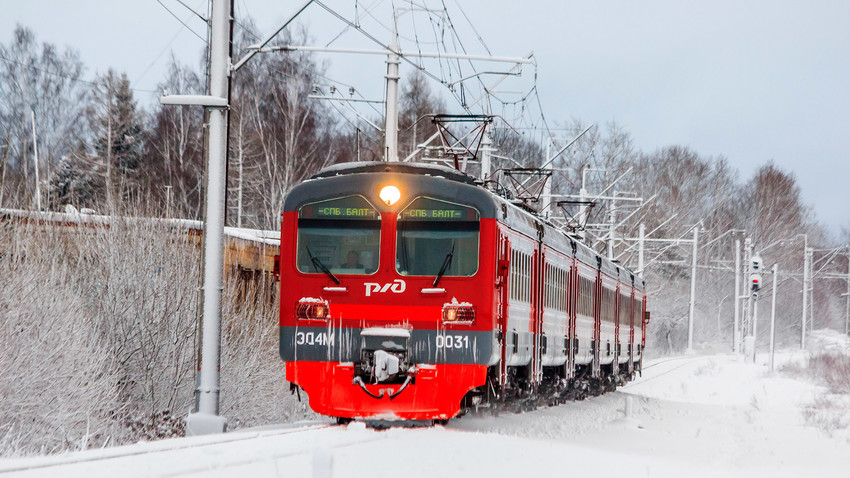\
I have not read all of the posts in this thread but your statement that you have 42 years of experience in the "industry" is intriguing to me.
I have no knowledge or experience in LRT and therefore do not have much to say.
In your view what are the things that went "wrong" in the city of Ottawa design and implementation our LRT?
I did not follow the Ottawa LRT that closely through the entire project cycle. I have read a little about it recently. So, bear in mind, I base this on what I've read which can lack detail and necessary context i.e., these are opinions based on a relatively limited amount of info, and hence, must be taken as such.
I did call on the client in the early days just after the owner's engineer had been hired. The client seemed very inexperienced in my mind. They were mesmerized by the "vehicle" side of it. There's not a lot of electrified rail experience in Canada in general. There are systems in Edmonton, Calgary, and Vancouver (these 3 are LRT), Montreal and Toronto (subway systems and one 25kv electrified system in Montreal) I worked for a firm that had designed all of the 25kV systems in North America (some portions of it at a minimum). Remember that Ottawa's LRT is 1500 volt DC. There was probably a lack of experience in general with the major stakeholders involved: the client (transit authority), the design/builder, owner's engineer, etc.
From what I read, there were a lot of problems with the vehicle and some maintenance issues.
The following is mostly a number of different vehicle problems, but there's a few other things thrown in there. They include:
- Automatic doors and the electronic components involved in doors. That's a design issue in my opinion. If doors aren't shut properly (i.e., people are holding them open), then they should be able to isolate that circuit and reset it to allow doors to close again properly without much delay. This isn't atypical, but usually the door and module in question can be isolated and cleared relatively quickly.
- Power problems like bad inductors - that's a manufacturers defect imho. Electrical contacts that were improperly cleaned. That's a maintenance issue.
- Switch heater problems. Switches are used so the train can switch tracks. Switches are mechanical devices and heaters are used to keep the switches running & operating properly in cold weather. Switch heaters have been around for decades and are used in both electrified and diesel operation. That sounds like a manufacturers/supplier problem.
- Wheel flat problem. That is typically a maintenance issue as maintenance shops have wheel truing machines.
- There might have been other problems with the wheels. Not sure, but I believe I read there was a loose connection of the wheel to the axle.
- Heaters for inside the vehicle. That would appear to be a manufacturer problem.
- Axle hub and bearing problems - That appears to a manufacturer's problem.
- Sink hole problem at Rideau and Sussex during construction I believe. That is usually a civil engineering issue.
Ottawa's vehicles are low floor Alstom Citadis Spirit. The Citiadus is a family of LRT vehicle products. I don't know how different the LRT vehicles were for Ottawa versus the other Citadus family vehicles, but it seems like the vehicles were designed for Ottawa as a new implementation. You have to be brave to a degree to buy and implement a system that has not been implemented (a few times) and been operational elsewhere imho.
Remember these are just opinions based on limited info versus the gospel truth as I stated above. It is also worthwhile to point out that the rail industry consists of a number of different engineering disciplines, so typically each discipline is called upon to provide its expertise for that particular part of the system. I would be remiss not to point that out as well as a limitation on what I can present.

